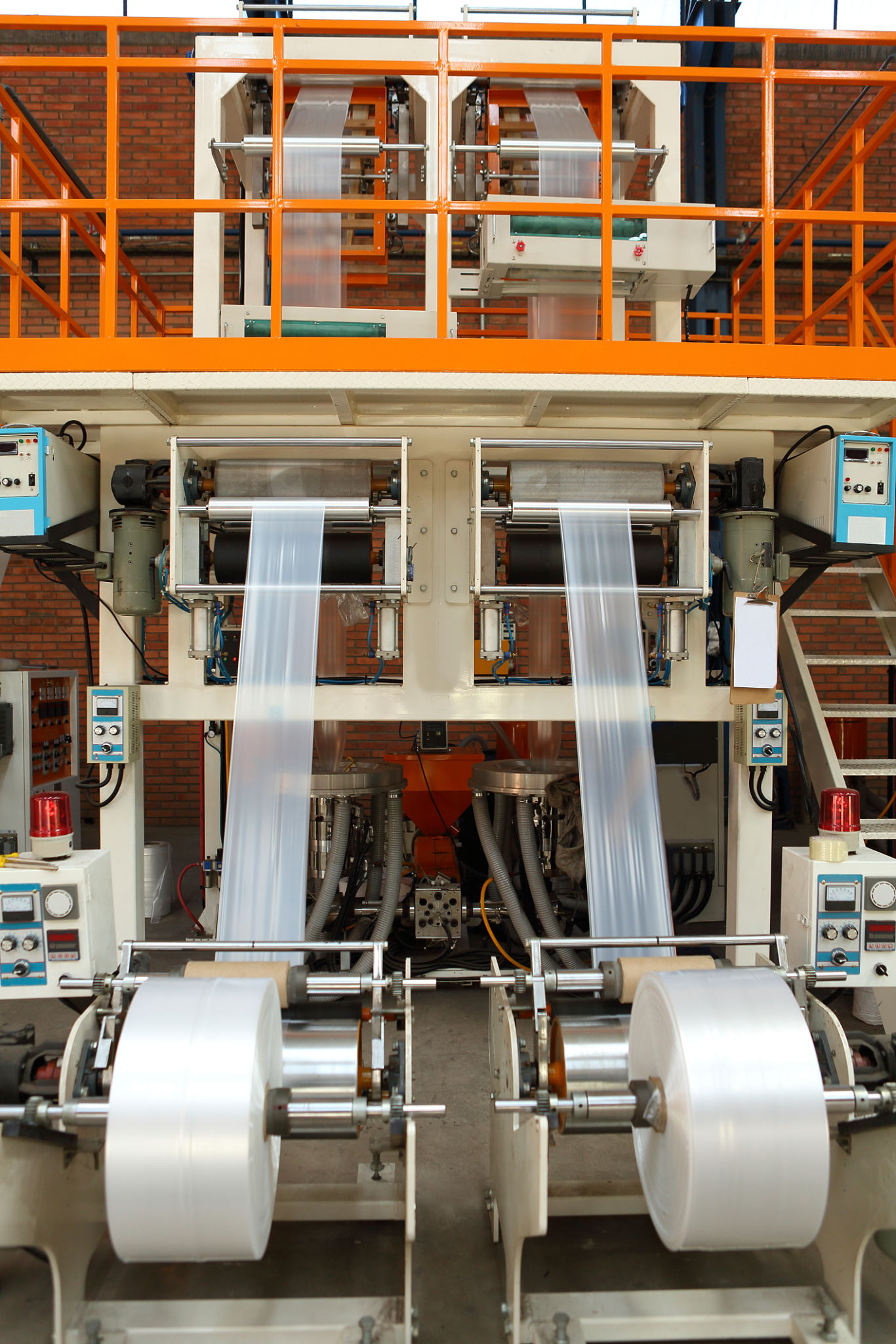Understanding the Key Differences Between Various Food Packaging Equipment
Introduction to Food Packaging Equipment
In the food industry, packaging plays a crucial role in ensuring product safety, extending shelf life, and enhancing customer appeal. Understanding the key differences between various types of food packaging equipment is essential for businesses looking to optimize their packaging processes. This guide provides an overview of the most common equipment used in the industry.

Form-Fill-Seal Machines
Form-Fill-Seal (FFS) machines are versatile pieces of equipment used to form a package, fill it with product, and then seal it. These machines are highly efficient and can handle a variety of packaging materials like plastic films and laminates. FFS machines are often categorized into two types: horizontal and vertical. The choice between them depends on the type of product being packaged.
Horizontal Form-Fill-Seal Machines
Horizontal FFS machines are typically used for packaging solid products such as biscuits, chocolate bars, and trays. These machines work by forming a pouch or wrap around the product, filling it, and then sealing it. The horizontal design is ideal for products that need to be placed on a stable surface during packaging.
Vertical Form-Fill-Seal Machines
Vertical FFS machines are more suited for free-flowing products like grains, powders, and liquids. These machines form a bag from a roll of film, fill it with product from the top, and seal it. The vertical orientation helps in efficiently managing gravity-fed products.

Vacuum Packaging Machines
Vacuum packaging machines are used to remove air from the package before sealing it. This method is particularly effective for extending the shelf life of perishable goods like meats, cheese, and fresh produce by reducing the oxygen in the package, which slows down spoilage.
Chamber Vacuum Sealers
Chamber vacuum sealers are ideal for high-volume packaging needs. The product is placed inside the chamber, and then the air is removed before sealing the package. These machines offer precise control over vacuum levels, making them suitable for delicate items that require gentle handling.
External Vacuum Sealers
External vacuum sealers are more compact and typically used for smaller operations or home use. They work by removing air from bags with a suction nozzle. While not as powerful as chamber sealers, they offer a cost-effective solution for businesses with moderate packaging needs.

Shrink Wrapping Machines
Shrink wrapping involves covering a product with a layer of plastic film that shrinks when heat is applied, tightly encasing the product. This method is commonly used for bundling multiple items together or providing a tamper-evident seal for individual products.
Sleeve Wrapping Machines
Sleeve wrapping machines use shrink film to wrap products partially or fully with a sleeve before heat is applied. These machines are often used for packaging multi-packs of beverages or canned goods.
L-Bar Sealers
L-Bar sealers are designed to create a tight seal around individual items using shrink film. They are perfect for retail products that require a polished appearance and protection from dust and moisture.

Conclusion
Choosing the right food packaging equipment depends on several factors, including product type, production volume, and budget constraints. By understanding the key differences between various machines, businesses can make informed decisions that enhance efficiency and maintain product quality. Investing in the right packaging equipment not only improves operational workflows but also contributes significantly to customer satisfaction and brand image.
